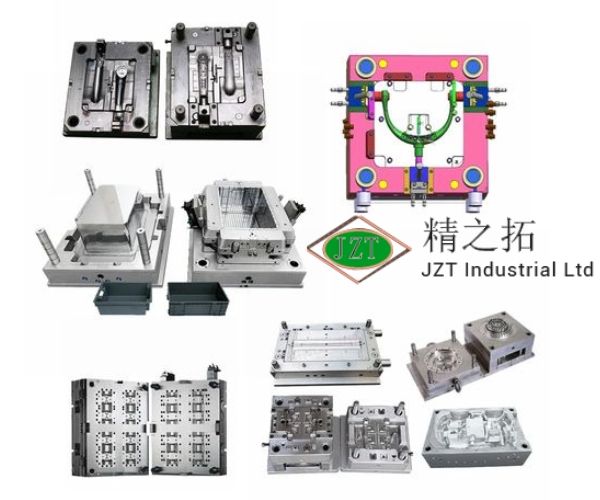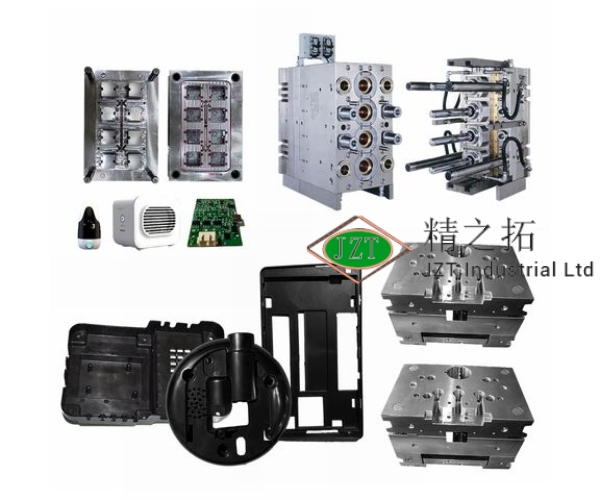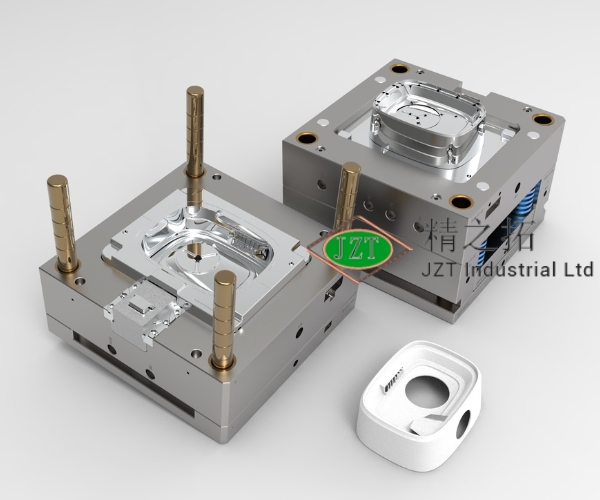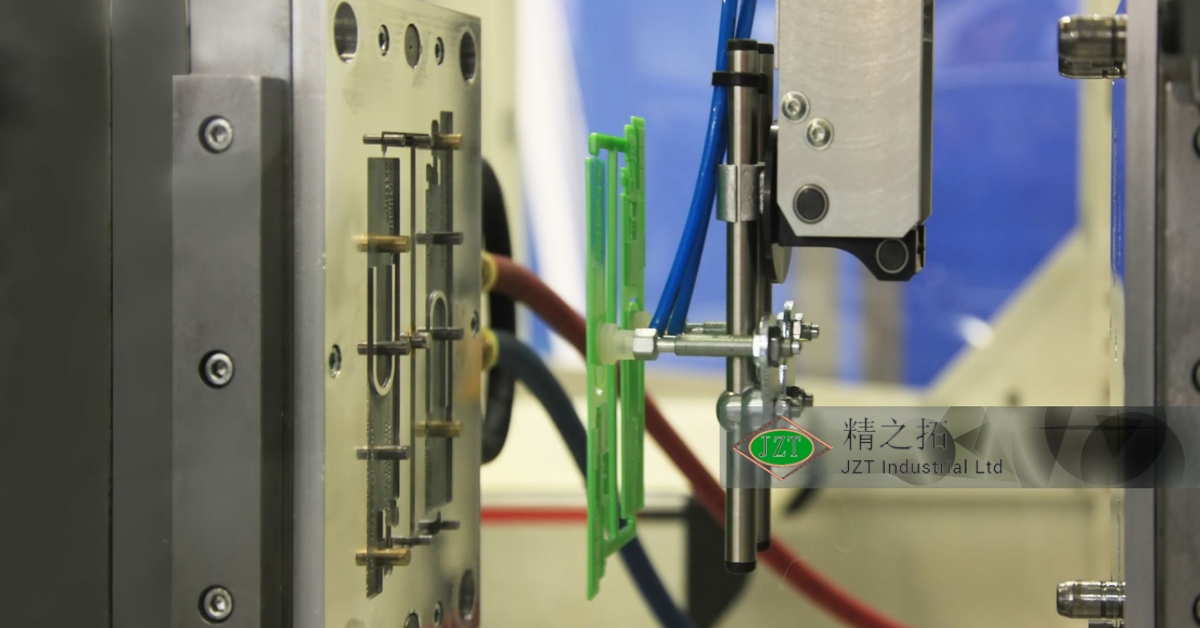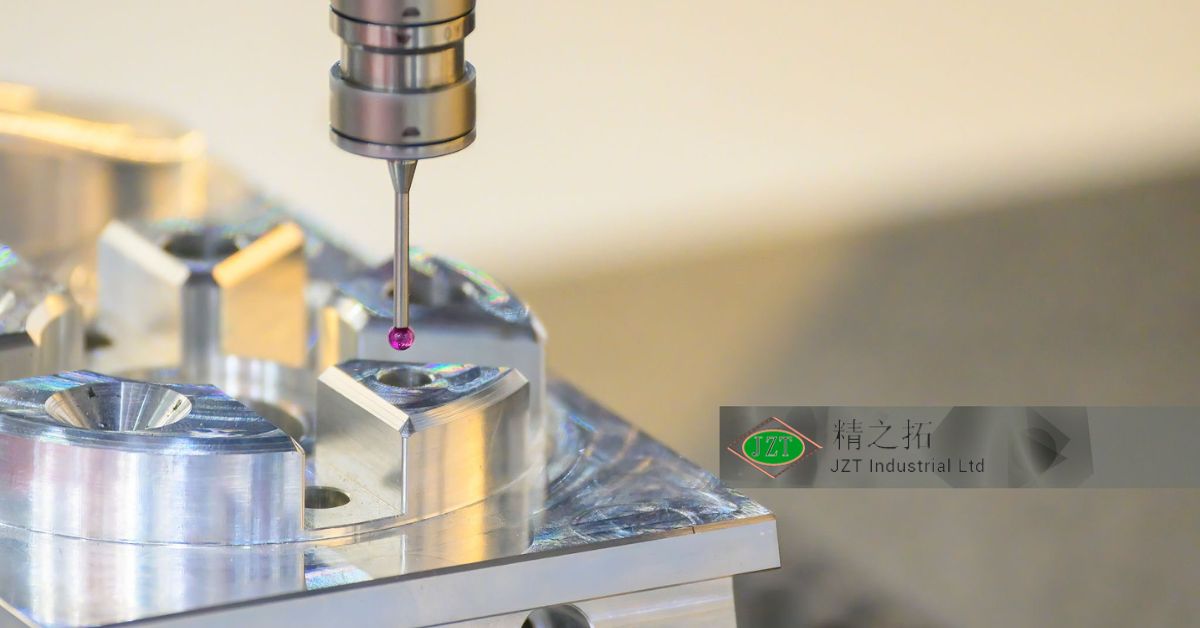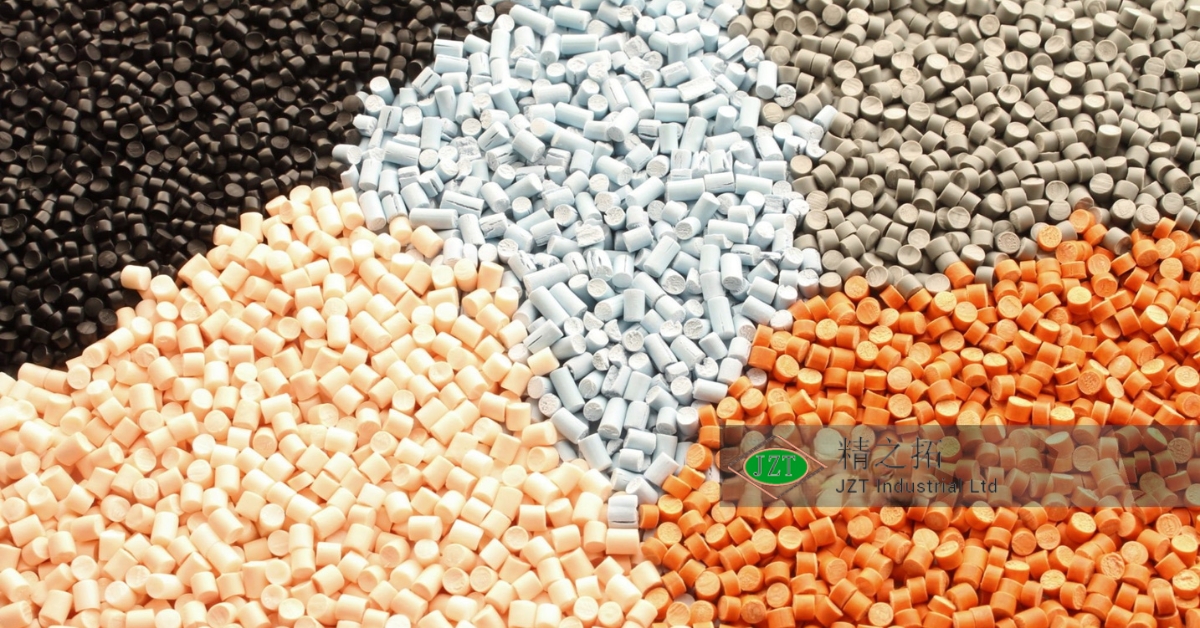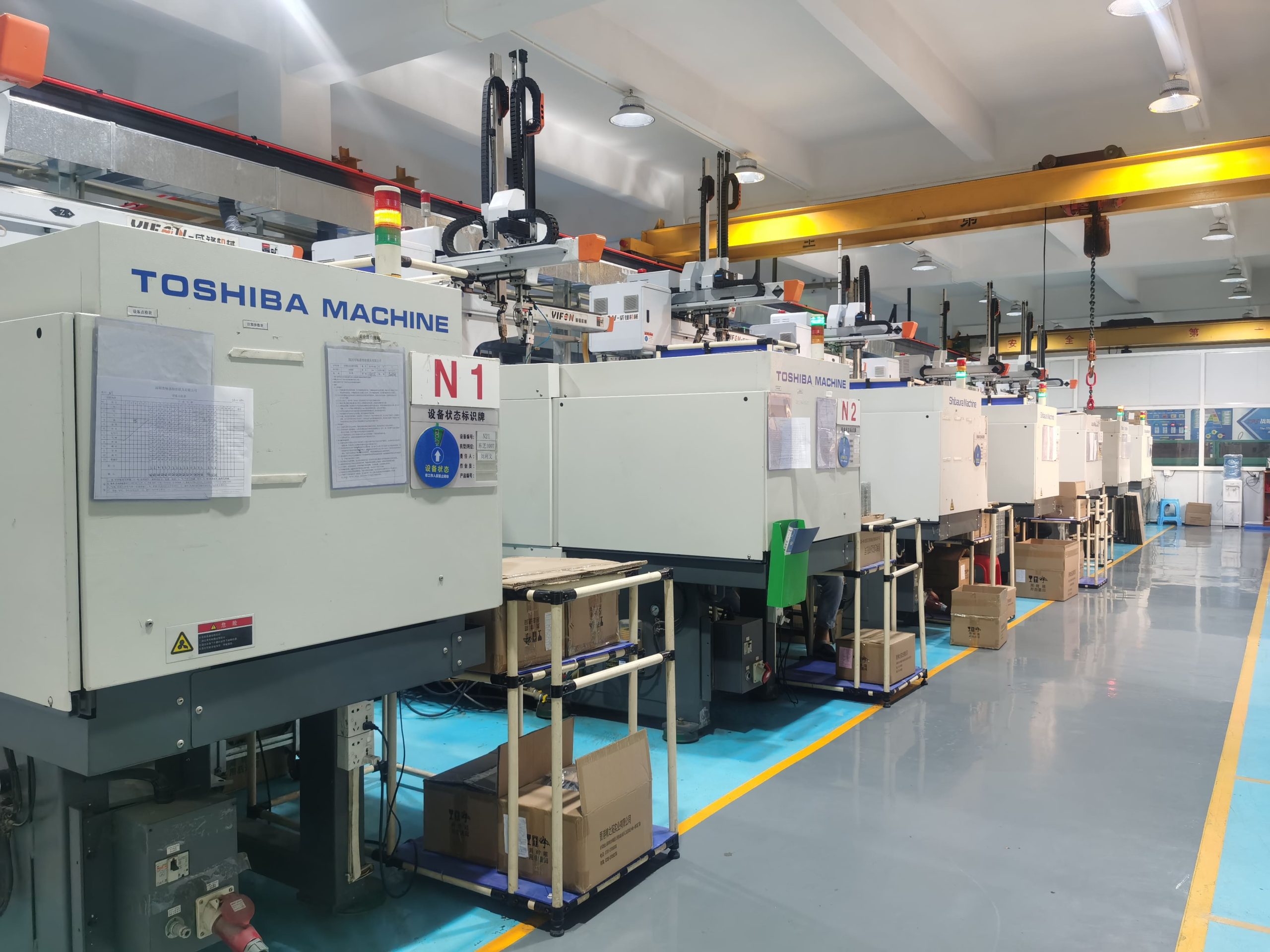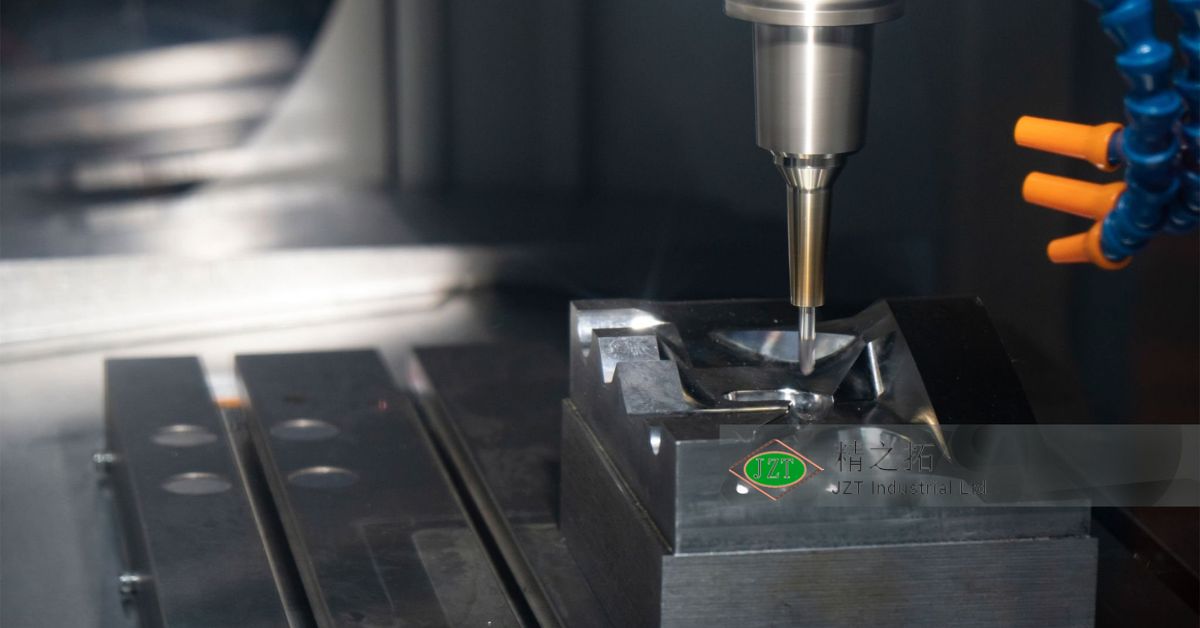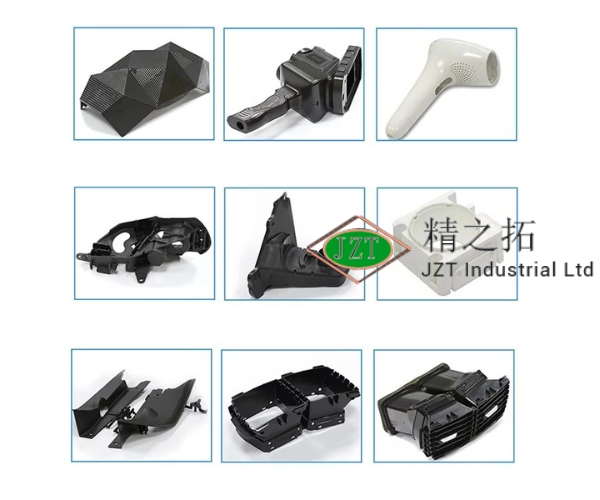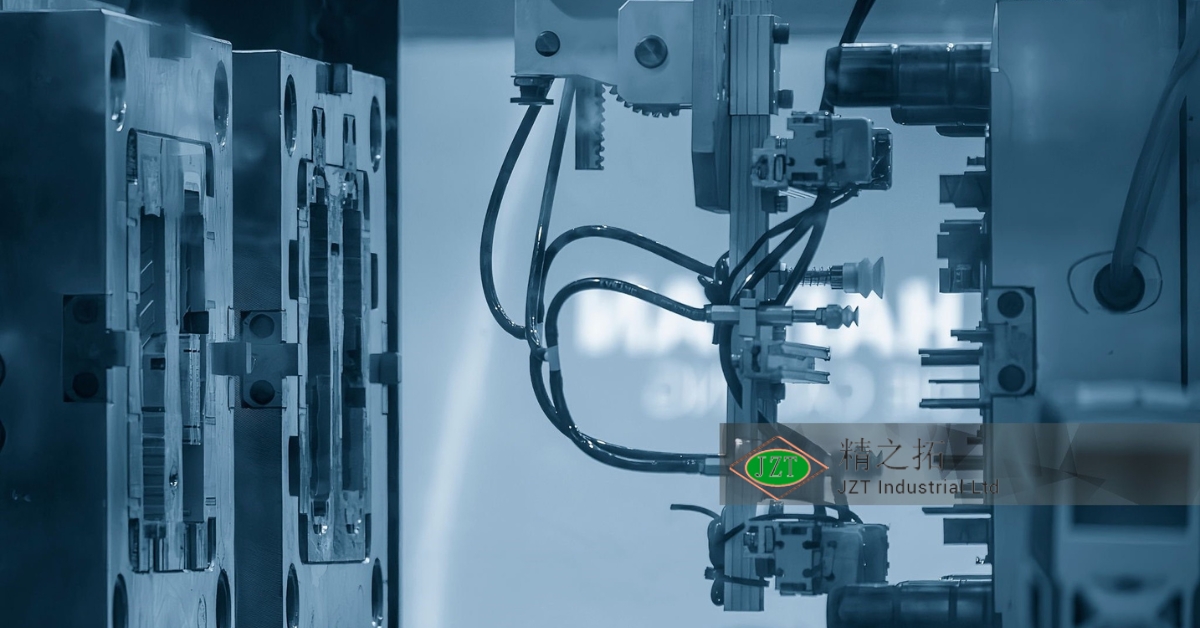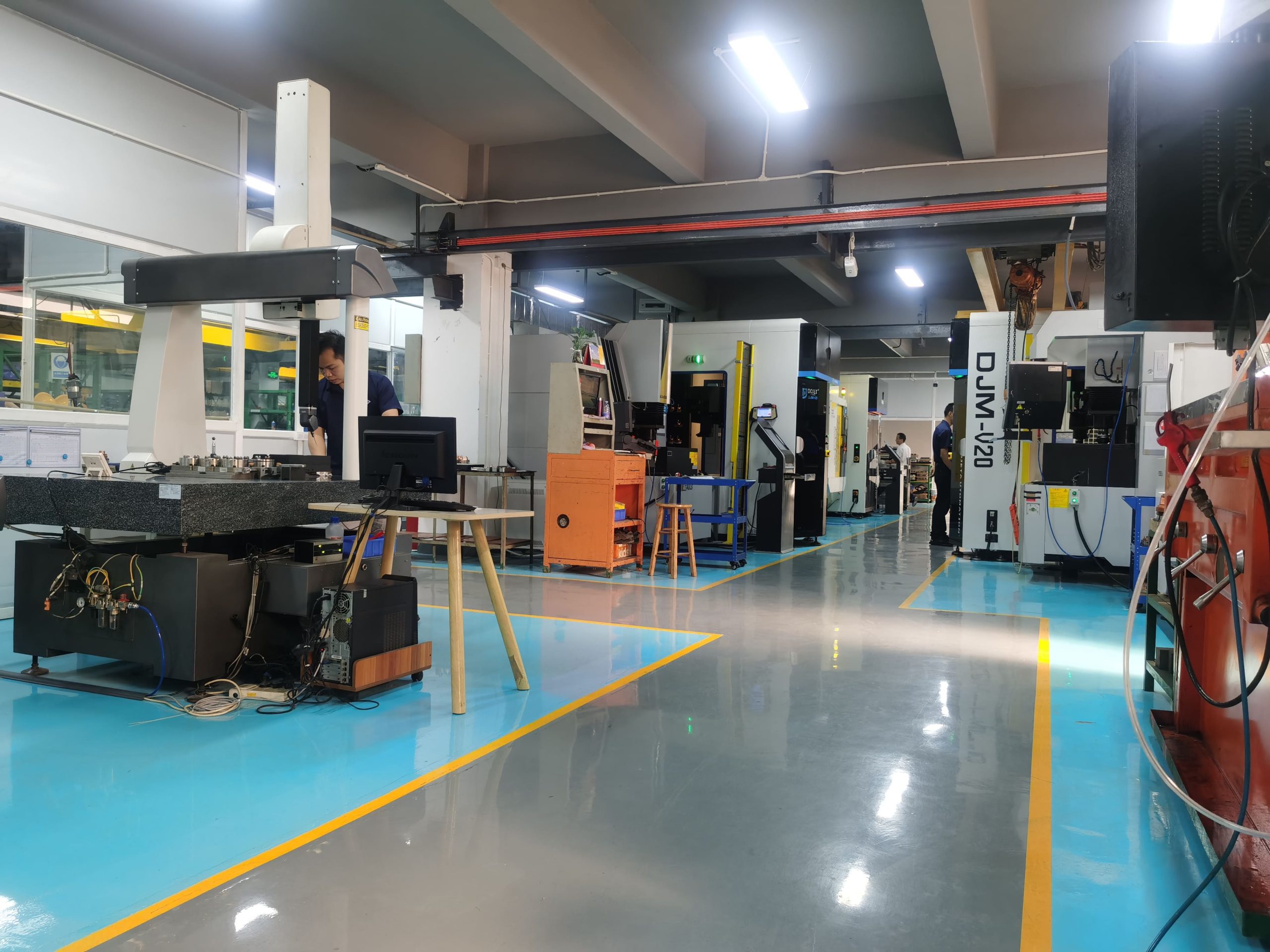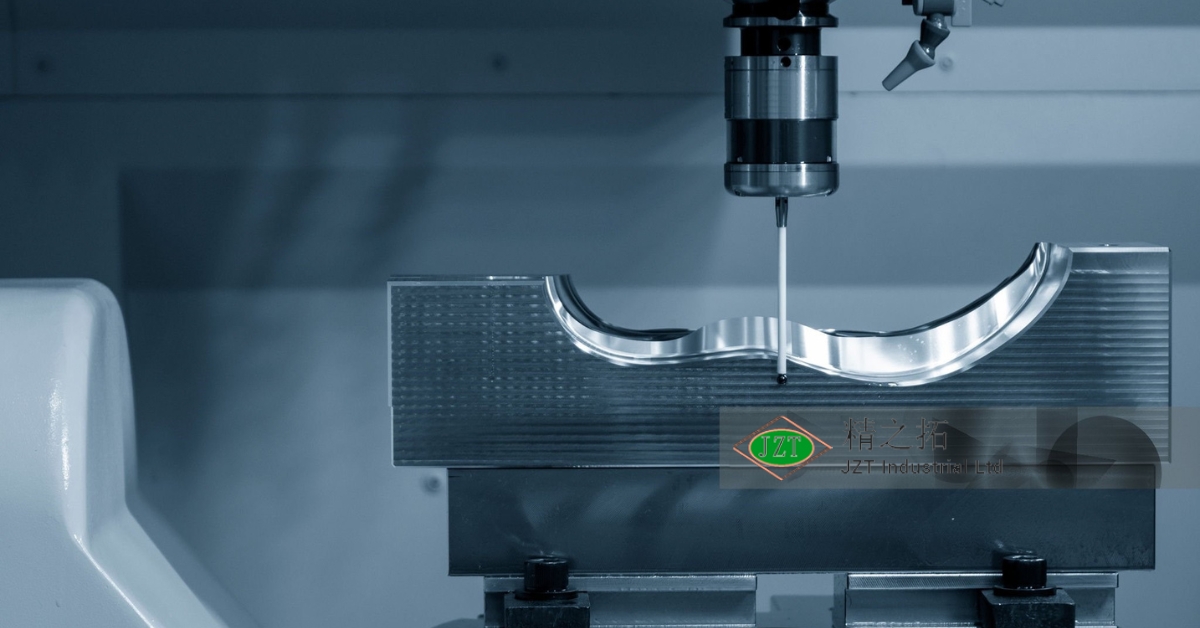소개
정밀사출성형 is an advanced manufacturing process that allows 플라스틱 부품 제조업체 to create highly accurate, complex components with the tight tolerances essential for today’s electronics industry. With the rapid evolution of technology, the demand for compact, lightweight, and intricate electronic devices has skyrocketed. Components such as connectors, sensor housings, switches, and battery covers must meet rigorous standards, as even minor inconsistencies can lead to performance failures. This is where precision injection molding steps in, offering a reliable solution for producing 맞춤형 플라스틱 부품 with the high quality, durability, and precision that the electronics industry requires.
This article explores the critical role of precision injection molding in electronics, from its benefits and techniques to the considerations for material selection and design. By understanding the advantages and challenges of precision injection molding, manufacturers can ensure that the components produced meet the high standards necessary for modern electronic devices, maintaining both reliability and efficiency.
Understanding Precision Injection Molding and Its Importance in Electronics
Precision injection molding is a specialized form of 플라스틱 사출 성형 that focuses on achieving exact specifications, enabling the production of detailed and accurate components. While traditional injection molding offers high consistency, precision injection molding takes accuracy to a new level, allowing for tolerances as fine as ±0.001 inches. Such high precision is critical for the electronics industry, where components are small, intricately designed, and must fit perfectly within confined spaces.
What is Precision Injection Molding?
Precision injection molding involves using high-quality 플라스틱 사출 금형 and advanced machinery to produce parts with exacting standards. Unlike standard injection molding, which may have some tolerance for minor deviations, precision molding aims for uniformity across each part, often at microscopic levels. It requires precise control over factors like temperature, injection speed, and pressure to maintain consistency across high-volume production runs.
Why Precision is Critical for Electronics
In electronic devices, reliability and functionality are directly linked to the quality of each component. Devices are becoming smaller, making precision crucial for parts like connectors, casings, and micro-sized switches. Tolerances must be incredibly tight to ensure that each component interacts seamlessly with others within the device, and any deviation can lead to functionality issues. High-quality 맞춤형 플라스틱 부품 produced through precision molding maintain their dimensions, strength, and functionality over time, reducing the risk of failures in consumer electronics, automotive electronics, and industrial equipment.
Key Benefits of Precision Molding for Electronics
The benefits of precision injection molding in electronics include:
- Consistency Across High Volumes: Precision molding enables manufacturers to produce large quantities of identical parts, ensuring reliability in each device.
- Complex Geometries and Intricate Details: Precision molding supports the creation of highly complex shapes and micro-features that are essential for modern electronics.
- Defect Reduction: With exact control over the production process, precision molding minimizes common defects, such as warping or flash, ensuring a high-quality end product.
Challenges of Manufacturing Electronic Components and How Precision Injection Molding Solves Them
그만큼 electronics industry poses several challenges for 플라스틱 부품 제조업체 due to the intricate designs, size constraints, and stringent quality standards required. As devices become smaller and more powerful, electronic components must meet higher performance requirements while occupying minimal space. Precision injection molding offers effective solutions to these challenges, supporting manufacturers in meeting the needs of the rapidly advancing electronics sector.
Miniaturization and Compact Design
A significant trend in electronics manufacturing is the push for smaller, more compact devices. This shift requires miniaturized components that fit precisely within limited spaces without sacrificing performance. Precision injection molding allows manufacturers to produce extremely small, detailed parts that support these compact designs. Micro injection molding, a subset of precision molding, is particularly useful for producing micro-sized connectors, sensors, and other components essential for miniature electronic devices. This capability helps manufacturers meet the demand for smaller, more efficient devices without compromising quality.
Need for Tight Tolerances
Electronics components must often meet tolerances as low as ±0.001 inches to function correctly. Tight tolerances ensure that components like connectors, buttons, and switches fit seamlessly into the larger assembly, avoiding issues that could impact functionality. Precision injection molding achieves these tolerances through strict process control, advanced machinery, and high-quality molds. By consistently producing parts within such tight tolerances, precision molding reduces the likelihood of assembly issues or performance failures, which is essential for high-quality electronics.
Material Compatibility and Durability
Electronic components are subject to various environmental stresses, including temperature fluctuations, exposure to chemicals, and physical impact. Selecting materials compatible with these conditions is essential to ensure component durability. Precision injection molding supports a wide range of materials, including high-performance thermoplastics that offer specific properties such as heat resistance, electrical insulation, and flame retardancy. For instance, materials like polycarbonate or liquid crystal polymer (LCP) are frequently used for electronics due to their high strength, stability, and durability under challenging conditions.
High Volume Production with Consistent Quality
The electronics industry often requires large volumes of identical parts. Achieving consistent quality across high-volume production is challenging, but precision injection molding provides the accuracy and repeatability needed for reliable mass production. The process is highly scalable, allowing manufacturers to produce thousands or even millions of identical components without variation. This consistency is essential in electronics, where slight differences between parts could lead to device malfunctions or decreased performance.
Key Advantages of Precision Injection Molding for Electronics
Precision injection molding offers several key advantages that make it ideal for the electronics industry, supporting the production of high-quality, complex components at scale.
1. High Dimensional Accuracy and Tight Tolerances
Precision injection molding delivers the high dimensional accuracy necessary for creating electronic components with tight tolerances. This accuracy ensures that parts fit perfectly, minimizing gaps or misalignments that could interfere with assembly or performance. High dimensional accuracy is crucial for connectors, switches, and sensor housings, where even a minor deviation can impact the overall functionality of the device. By maintaining precise tolerances, precision molding enhances the reliability and lifespan of electronic products.
2. Complex Geometries and Micro-Features
Electronic components often have complex shapes and require features like micro-sized holes, grooves, or thin walls. Precision injection molding enables manufacturers to create these intricate designs with remarkable accuracy. This capability is especially important for connectors and sensor housings, which must integrate seamlessly with other components. Compared to other manufacturing methods, precision injection molding is uniquely suited to handle the complexity and scale required for electronics, making it possible to create detailed parts efficiently and with minimal error.
3. Efficient Production for High-Volume Manufacturing
Precision injection molding is highly efficient for large production runs, offering scalability and low per-part costs. Once the mold is created, manufacturers can produce thousands of parts rapidly, making it cost-effective for high-demand industries like electronics. This efficiency is essential for consumer electronics manufacturers who require a consistent supply of components to meet production schedules. By supporting high-volume production with consistent quality, precision injection molding helps manufacturers meet market demand and maintain competitive pricing.
4. Consistency and Repeatability
Maintaining consistency across production runs is vital for ensuring that each part meets the required specifications. Precision injection molding provides high repeatability, producing identical parts that adhere to strict quality standards. For electronics, where part uniformity is critical to ensure functionality and assembly, this repeatability minimizes the risk of defects and guarantees that each part will perform reliably. Consistent quality helps manufacturers build a reputation for high-quality products, which is essential in competitive industries like consumer electronics.
5. Material Versatility for Functional Requirements
Precision injection molding supports a wide range of materials, allowing manufacturers to select plastics with properties that meet the specific needs of electronic components. Common materials include polycarbonate, nylon, and PBT (polybutylene terephthalate), each offering unique properties such as electrical insulation, heat resistance, or impact strength. Material versatility enables manufacturers to produce parts that meet strict functional requirements, enhancing performance and longevity in applications where components are exposed to heat, moisture, or other environmental factors.
Material Selection for Precision Injection Molding in Electronics
Choosing the right material is critical for achieving the desired performance and durability in 맞춤형 플라스틱 부품 used in electronics. The electronics industry relies on materials that can withstand high temperatures, provide electrical insulation, and resist environmental stress.
Commonly Used Materials in Electronics
Several plastics are commonly used in precision injection molding for electronics:
- 폴리카보네이트(PC): Known for its impact resistance, heat stability, and transparency, polycarbonate is ideal for housings and transparent enclosures.
- Polyamide (Nylon): Offers strength and flexibility, making it suitable for connectors, gears, and structural components.
- PBT (Polybutylene Terephthalate): With excellent chemical resistance and dimensional stability, PBT is commonly used for connectors and insulators.
- Liquid Crystal Polymer (LCP): Known for its high heat resistance and stability, LCP is frequently used in connectors, particularly in high-frequency applications.
Each material is chosen based on specific properties, ensuring that the component will function effectively under various conditions in electronic devices.
Materials with Electrical Insulation Properties
Electrical insulation is crucial for components in close proximity to conductive parts. Materials like PBT, nylon, and polycarbonate are commonly used due to their non-conductive properties, reducing the risk of electrical shorts. Insulating materials are essential for components like housings, enclosures, and connectors, where electrical safety and reliability are paramount.
Heat-Resistant and Flame-Retardant Materials
Heat-resistant and flame-retardant materials are essential for components exposed to high temperatures, such as those near batteries or processors. Polycarbonate and LCP, for example, offer excellent thermal stability, making them suitable for components like battery housings and power distribution units. Flame-retardant properties also enhance safety, as they reduce the risk of combustion in the event of overheating, meeting regulatory standards for electronic devices.
Biocompatibility and Eco-Friendly Materials
With the growing demand for eco-friendly solutions, many manufacturers are exploring recyclable and sustainable materials for electronics. Biocompatible plastics are also important for electronics in medical devices and wearables. Using materials that are recyclable or biodegradable not only reduces environmental impact but also helps manufacturers align with sustainability goals, which are increasingly important to consumers and regulatory bodies.
Key Precision Injection Molding Techniques for Electronic Components
Several advanced techniques in precision injection molding are used to produce complex, high-performance parts for the electronics industry.
Micro Injection Molding
Micro injection molding is designed for producing ultra-small components with intricate details. This technique is ideal for creating micro-connectors, sensors, and other miniaturized parts essential for compact electronic devices. Micro injection molding allows for precise control over part dimensions and features, making it possible to achieve detailed designs at a tiny scale.
인서트 몰딩
Insert molding involves embedding metal inserts, such as threaded studs or conductive elements, within a plastic part. This technique adds strength and functionality, enabling parts to combine the advantages of plastic and metal in one piece. Insert molding is widely used in electronics for producing components like connectors and mounts that require embedded metal for durability and electrical conductivity.
오버몰딩
Overmolding is the process of molding a second layer of material over an existing part, creating a multi-material component. In electronics, overmolding is commonly used for adding a soft-touch surface or protective layer to a hard plastic component. This technique is often seen in parts like phone cases, charging cables, and ergonomic handles, where both durability and comfort are important.
2샷 몰딩
Two-shot molding allows for the creation of parts with two distinct materials or colors in a single molding cycle. This technique is beneficial for electronics, as it enables the integration of different functional or aesthetic properties. For instance, a part may have a rigid base with a softer, color-coded surface layer, improving both usability and visual appeal.
가스 보조 사출 성형
Gas-assisted injection molding introduces pressurized gas into the mold to create hollow sections within the part. This process reduces weight while maintaining structural integrity, making it suitable for lightweight casings and housings. Gas-assisted molding is particularly valuable for creating enclosures that require rigidity but also need to minimize weight, such as laptop or tablet frames.
Design Considerations for Precision Injection Molding in Electronics
Effective design is critical to the success of precision injection molded parts, particularly in the electronics industry, where components must meet specific functional and dimensional standards.
Importance of Design for Manufacturability (DFM)
Design for Manufacturability (DFM) involves optimizing part designs for efficient production. DFM principles, such as proper wall thickness, draft angles, and ribbing, help reduce the likelihood of defects and ensure that parts can be produced efficiently. For electronics, DFM minimizes issues like warping or shrinkage and improves part quality.
Minimizing Warpage and Shrinkage
Precision injection molding requires careful attention to potential issues like warpage and shrinkage. Using materials with low shrink rates and designing molds to ensure uniform cooling can prevent these problems. Consistent material flow and cooling also help maintain part dimensions, which is crucial for components that must meet tight tolerances.
Micro-Features and Thin-Wall Parts
Electronics often require micro-features, such as tiny holes or thin walls, to fit within limited spaces. When designing for these features, it’s essential to consider structural stability and the flow of material within the mold. Maintaining wall thickness consistency reduces the risk of breakage and supports the integrity of thin-walled parts commonly found in electronics.
Assembly and Integration of Multiple Components
Integrating multiple components into a single injection-molded part can streamline assembly and improve product durability. Injection molding allows for features like snap-fits, connectors, and clips to be molded directly into parts, simplifying assembly and reducing the need for additional fasteners. This is particularly useful for electronics manufacturers seeking to reduce assembly time and production costs.
결론
Precision injection molding plays a vital role in producing high-quality 맞춤형 플라스틱 부품 for the electronics industry. Its ability to create small, complex components with tight tolerances, repeatability, and material versatility makes it an ideal solution for modern electronics manufacturing. From connectors and sensor housings to lightweight enclosures, precision molding enables manufacturers to meet the industry’s stringent quality and performance requirements.
As electronics continue to evolve, the demand for precise, durable, and miniature components will only grow. By choosing the right 플라스틱 부품 제조업체 with experience in precision injection molding, companies can ensure the quality, reliability, and efficiency of their products, meeting the high expectations of today’s technology-driven world.
자주 묻는 질문
Why is precision injection molding essential in electronics manufacturing?
Precision injection molding is essential because it enables the production of high-quality, intricate parts with tight tolerances, which are crucial for the performance and reliability of electronic devices.
What types of materials are best suited for precision injection molding in electronics?
Materials like polycarbonate, PBT, and liquid crystal polymer (LCP) are ideal due to their strength, heat resistance, and electrical insulation properties, making them suitable for components in high-performance electronics.
How does micro injection molding benefit the production of electronic components?
Micro injection molding is beneficial for creating very small, detailed parts essential in compact electronics, such as connectors and micro-sensors, where precision is critical for functionality.
What are the primary challenges in molding small, intricate parts for electronics?
Challenges include maintaining tight tolerances, selecting materials with appropriate properties, and ensuring uniform cooling to prevent defects like warping or shrinkage, which precision injection molding addresses.
How can I choose a reliable precision injection molding partner for electronic components?
Look for a partner with experience in electronics, advanced equipment, and quality certifications like ISO 9001. A collaborative partner will support design optimization and ensure the consistent quality needed for high-performance electronic parts.

